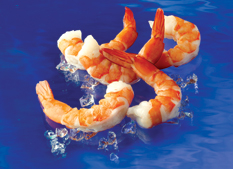
White Shrimp

Market Name: Eating QualitiesQuality shrimp should have a crisp bite or snap and a pleasant shrimp taste. There should be no musty aftertaste. Shrimp can be seasoned and used in an infinite variety of preparations.
There are more than 130 species of shrimp. Shrimp differ from close relatives, such as lobsters and crawfish, in that they swim rather than crawl.
|
Description & CharacteristicsThe delicate texture of white shrimp has created a preference for this specie, Litopenaeus vannamei, with chefs and diners alike. The popularity has spurred the expansion of the aquaculture farming of white shrimp from South America to Asia, making availability of this high quality product more accessible than ever. Litopenaeus vannamei, or white shrimp as it is most commonly known, has surpassed black tiger shrimp to become the single most important commercial species of shrimp in the world. Litopenaeus vannamei is the most successfully aquacultured shrimp, accounting for more than 60% of all farm-raised shrimp. Commercial shrimp farming of white shrimp began in Latin America in the 1970s. By 1998, Ecuador, the region’s most successful shrimp farming country, had reached its peak production. Disease or viruses are a major factor in farming shrimp and have been the cause of much of the market volatility in the past. Latin America suffered through the Taura Syndrome virus in the mid-1990s. In 1999, however, White Spot Syndrome severely affected shrimp production in Latin America. Today, Ecuador remains the largest white shrimp producer in Latin America followed by Mexico and a host of other smaller producing countries. In 1996, commercial production of Litopenaeus vannamei white shrimp began in Asia, and especially in China. Asia accounts for over 70 percent of the world’s aquacultured shrimp production. China had already had some experience in white shrimp farming on a large scale in the late 1980s with Penaeus chinensis. In 1993, aquaculture of P. chinensis failed due to disease and the industrial pollution of production areas. Today, Thailand, Indonesia, China, Vietnam and India form the leading white shrimp producing countries in Asia. All of these countries have been large producers of black tiger shrimp, Penaeus monodon in the past. However, white shrimp are now the predominant species grown in some of those countries although black tiger production continues.White shrimp have become the dominant aquacultured specie because larvae can be successfully bred in hatcheries where survival rates are high. White shrimp have a high growth rate to marketable size, can be stocked at higher densities, and have a better feed-to-growth ratio. Depending on the region’s weather, production areas will generate approximately one (Central America, North America, and China), two (South America), or two to three (Asia) crops per year. Count sizes of farm-raised white shrimp generally run between 21-25 and 71-90 count per pound; 41-50 count is the predominant production size. Production is year-round, but peak production is May through August although Ecuador’s peak production is somewhat earlier. There is also very limited production of farmed Litopenaeus vannamei in the U.S. The U.S. is the largest consuming market for white shrimp followed by Japan and Europe. Both U.S. and European demand for white shrimp has grown sharply, likely due to the availability and low prices of white shrimp. Japanese demand has always been high and has become somewhat stagnant. In addition, Asian markets for shrimp, especially in China are growing as demographics are changing.
Quality white shrimp should have a bite or snap and a pleasant shrimp taste. Shrimp can be seasoned and used in an infinite variety of preparations. Other Resources |
Handling Instructions for White Shrimp
Frozen white shrimp should be stored at or below 0°F (-18°C) and then thawed properly when ready to cook from the raw state or to consume as a thawed precooked product. The frozen shelf life of IQF white shrimp is 18 months and 24 months for block frozen. Links to proper handling instructions: NOAA - Fish Watch: Handling Seafood and A Consumer Guide to Safe Seafood Handling.
Thawing White Shrimp
White shrimp and shrimp in general should be quickly thawed by removing them from their package and placing them in a colander and running them under cold water until thawed. This method can be used with both IQF and block frozen. IQF shrimp thaw in just a few minutes while block frozen may take as long as 10 to 15 minutes. This method results in a high quality thawed shrimp that is immediately ready for cooking or for eating in the case of an already cooked product. Raw shrimp that are cooked immediately after proper thawing will yield the best quality. If the white shrimp are precooked, the best quality will likewise be evident immediately after proper thawing.
Upon thawing, gently rinse with cold clean water. Shrimp that are not consumed promptly after thawing need to be refrigerated between 33 and 39°F and consumed within 2-3 days.
Important Instructions for White Shrimp
The Federal Food, Drug and Cosmetic Act now requires that all foods that are not raw agricultural commodities and that contain a major food allergen be labeled to clearly identify the name of the food source form which the allergen is derived. (21 CFR U.S.C. 343(w)(1)). The act defines eight foods, and any ingredients derived from these foods as major food allergens: Fish, Crustacean Shellfish, Milk, Eggs, Tree Nuts, Peanuts, Wheat & Soybeans. The name of the food source that must be listed on the label for fish or crustacean shellfish must be the specific type of fish or crustacean shellfish. The market names of species of fish and crustacean shellfish should be used to identify the food source of these two major food allergens. If you intend to re-pack these seafood products, be sure the allergen is declared in either one of two ways:
1) Within the list of ingredients
or
2) In a separate “Contains” statement immediately after or adjacent to the list of ingredients.
Consult the Fish and Fishery Products Hazards and Controls Guidance, Fourth Edition, Chapter 19 for more detailed information on the labeling of food allergens.
Cooking Tips
White shrimp and shrimp in general can be cooked and presented in a variety of different culinary methods from boiling to barbecue and everything in-between. It is truly a multipurpose wonderfully healthy seafood that can brighten up a special celebration and also be served at regular meals throughout the week for the entire family. It is no wonder that shrimp is America’s most popular seafood. Links to cooking tips and recipe ideas: Eat Shrimp and Recipes.

Thailand
With more than 1,550 miles of coastline, Thailand—officially, the Kingdom of Thailand—has become one of the world’s leading seafood suppliers. Primary seafood products from Thailand include cultured (farmed) shrimp sold in various value-added forms as well as canned seafood—predominantly tuna.
With a focus on constant improvement of shrimp farming techniques to reduce impacts on the environment, as well as the development of new, value-added products, Thailand has emerged over the years as one of the leaders in this beloved seafood category.
In the tuna category, Thailand is a major global producer of canned tuna, much of it caught by vessels from other countries that bring it, frozen, to Thailand to be canned.
India
The most populous democracy in the world, India has 1.2 billion people living in an area that is the world’s seventh-largest land mass. Bordering the countries of Pakistan, China, Nepal, Bhutan, Burma, and Bangladesh, India includes breathtakingly beautiful mountainous regions, plains, rivers (such as the legendary Ganges River), and valleys—and a coastline of 4,700 miles.
Within Indian marine waters, commercial species such as mackerel, sardines, shark, perch, tuna, shrimp, and cuttlefish are some of the main species harvested. Freshwater fish include carp and catfish and there are several species of brackish water fish.
India’s Exclusive Economic Zone (EEZ) encompasses more than 2 million square kilometer, so there is a huge potential within India, provided that the fishery is managed to thwart overexploitation of the resource.
Top export items from India include frozen shrimp (the dominant seafood export), and frozen lobster tails, to name a few.
Ecuador
Bordered by Peru and Colombia, Ecuador encompasses a diverse geography that ranges from sea level to the Andean highlands, continuing on to the Amazonian lowlands. With 1,452 miles of coastline, Ecuador has a rich fishing tradition.
Because of the cold Humboldt Current, which brings with it plankton and krill, Ecuador’s coastal ocean waters are very rich in nutrients, resulting in a wide variety of commercially important commercial seafood species—including lobster, squid, sea bass, swordfish, flounder, and corvina. Tuna fishing is one of Ecuador’s most important industries, and tuna is one of its largest exports.
But the big story in Ecuador is aquaculture. Ecuador is today the largest aquaculture produce in the Western Hemisphere, with crayfish, shrimp, and tilapia among its leading aquaculture exports.
The Philippines
The Republic of the Philippines is actually an archipelago, or group of islands set in the middle of the Pacific Ocean and the South China Sea. Roughly the size of Italy, this island nation boasts more than 10,849 miles. Its fishery is divided into marine, inland, and aquaculture.
Commercial wild species include scad, tuna (yellowfin and skipjack), mackerel, anchovies, sardines, squid, and blue crab. Aquaculture originally started in the Philippines with the cultivation of “Milkfish” – which took place in brackish water ponds originally, extending later to net cages floating in both fresh water and marine environments.
Farmed shrimp is another major product of the Philippines. Historically shrimp farming started with Black Tiger prawns that were primarily exported to Japan. Recently, some of the Black Tiger prawn farms have switched over to raising the easier to culture White Shrimp (Litopenaeus vannamei).
A variety of farmed raised finfish, seaweed, and bivalves have now joined Milkfish and Shrimp as major aquaculture species for the Philippines.
Peru
Peru is located in South America and is bordered by Ecuador, Colombia, Brazil, Bolivia, and Chile. It encompasses a diverse geography that ranges from sea level coastal deserts to the Andean highlands and continuing on to the Amazonian rainforests.
The prominent oceanic phenomenon of upwelling of nutrient rich cold ocean water caused by the Humboldt Current hitting the 1,555-mile coastline of Peru produces the world’s largest single wild fishery, anchovies. This natural upwelling of nutrient rich waters supports additional fisheries such as squid, lobster, swordfish, flounder, tuna, and corvina.
Aquaculture also benefits from the rich coastal waters. Species such as shrimp and scallops are being farmed along the coast of Peru. There is also freshwater lake aquaculture production of trout and tilapia in the Andean Highland lakes such as Lake Titicaca.
When periodic El Niño events occur every 2-9 years, the important cold water nutrient rich upwelling phenomenon can be severely diminished. During strong El Niño events, the Peruvian anchovy wild fishery can collapse due to the decrease of nutrient rich waters. The production of other Peruvian wild fisheries and aquaculture can likewise be negatively impacted by El Niño events.
Mexico
With nearly 5800 miles of marine coastline along the Caribbean, Gulf of Mexico, Pacific Ocean, and the Sea of Cortez, Mexico has a vast potential to sustainably develop its wild fisheries and aquaculture sectors. Mexico’s proximity to the United States, which is the world’s third largest seafood consuming country, provides outstanding marketing opportunities for these two seafood sectors.
While Mexico produces a wide variety of finfish, mulluscs, and crustaceans, it is principally known for its famous wild and farmed raised warmwater shrimp.
Indonesia
The country we refer to as Indonesia is actually an Archipelago of some 17,508 islands and a coastline that encompasses more than 50,000 miles. Within the waters of the Indonesian archipelago, the government has established an “archipelagic country,” retaining exclusive control over these waters. Because of Indonesia’s access to the marine environment, it has vast potential for the development of aquaculture, particularly brackish water shrimp culture. In fact, in an attempt to prevent over-exploitation of the wild fishery resource, the government of Indonesia has established a formal policy to encourage aquaculture development. Mariculture products include various finfish, shellfish, seaweeds, species such as sea cucumber, grouper and seaweed.
Tuna is also an important export product of Indonesia.
Vietnam
With a coastline of 2,140 miles, as well as numerous rivers and lakes, Vietnam has had a long tradition of fishing and a culinary tradition that includes finfish, shellfish, and molluscan shellfish. Bordering China in the far North, and Laos and Cambodia in the middle and Southern regions, the country—known officially as the Socialist Republic of Vietnam—is divided into 58 provinces, and includes several major sea ports.
With seafood production surpassing USD $6 billion in 2012, seafood—both cultured and wild—represents an important export for this developing country. Major seafood exports from Vietnam include cultured and wild shrimp: Black Tiger prawns and Penaeus vannamei are grown in Southeast Vietnam. Vietnam is becoming known for its high-tech seafood processing industry, adding value to commercially harvested and farmed fish and seafood.
Species that are commercially caught include Grouper, Red Snapper, Red Mullet, Tuna, Swordfish, and Barramundi—which are the major species that are exported to Australia, the United States, and the EU. Vietnam is also a major producer of farmed Tilapia, and two species of Pangisius (boucourti and hypothalamus). Squid and octopus, as well as various species of lobster and crab and molluscan shellfish are also major export products as well as products consumed in-country.
Go Blue! Seafood Sustainability Spectrum*Click here for an explanation of our Sustainability Spectrum
Sustainability Assessment
In recent years over 85% of the entire world’s traditional black tiger prawn farms have been converted over to Pacific White Shrimp (Penaeus vannamei). Even though black tiger prawn farming has lost its prominence, it was the initial driving force in establishing worldwide commercial shrimp aquaculture. All shrimp can be farmed responsibly to become more sustainable; however, many farming operations in South and Southeast Asia still need further improvement to meet this goal. White Shrimp farming ranges from traditional low input small artisanal family farms to more industrial, high-input practices. Historically both of these approaches have had negative environmental impacts such as mangrove destruction. However, mangrove habitats that were converted to shrimp ponds during the rapid growth (gold rush) years in the early 1980s were later found to be poor sites for aquaculture. Today most countries prohibit mangrove forest destruction and are actively reforesting mangroves at abandoned pond sites. Recent trends are to site the more intensive (high input) farms on higher grounds that are far away from mangrove forests. However, these more industrial shrimp farms can add additional problems including pollution, misuse of chemicals, overuse of marine resources in feed, salinization of freshwater resources and the stressing of stocks that can encourage the emergence of novel diseases such as Early Mortality Syndrome (EMS) and EHP.
Environmental Impact: Low to Moderately HighGlobally, shrimp farming has rapidly expanded, but all too often this expansion has occurred without effective environmental safeguards. The conversion of ecologically important mangrove forests has received much attention, but other impacts including disease, salinization of freshwater resources, overuse of marine resources for feed, and pollution have also occurred.
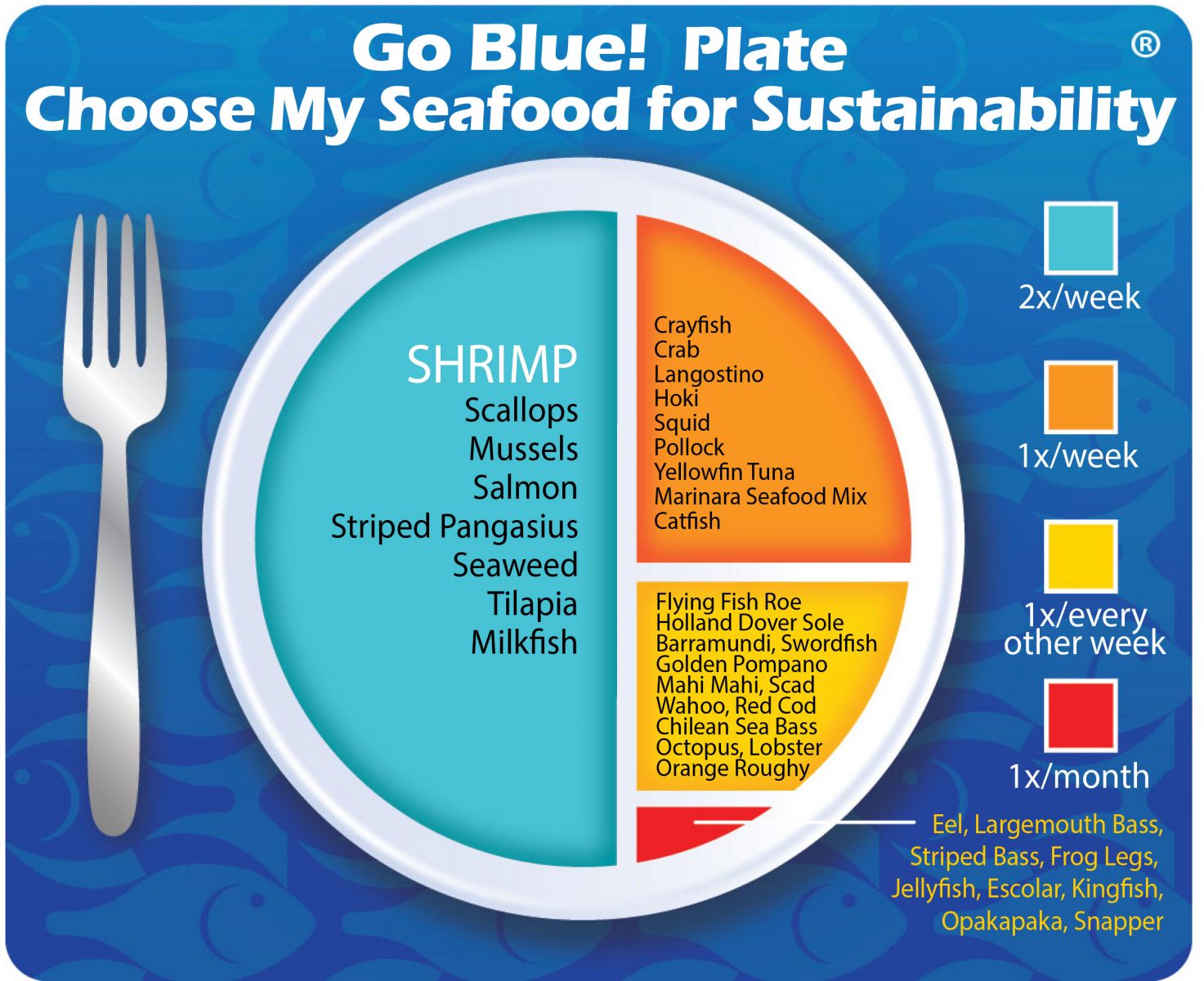
Sustainability Improvements NeededCollectively, farms need to improve practices, mitigate historical impacts, and use resources more responsibly.
Actions that Sea Port is UndertakingShrimp is the #1 consumed seafood in the U.S. Sea Port is increasingly sourcing from Pacific White Shrimp processors and farms that have achieved BAP (Best Aquaculture Practices) one, two, three and four star certifications. Sea Port also sources from smaller artisanal family shrimp farmers and by doing so economically helps improve their lives. Sea Port is a Governing Member of the Global Aquaculture Alliance and as such has helped support the advancement of sustainable shrimp aquaculture on a worldwide basis and as a member of the NFI Shrimp Council has promoted the consumption of responsibly farmed shrimp as part of a diverse seafood diet. Sea Port believes that, in aggregate, choosing from a diverse variety of seafood is better for sustaining the world’s seafood resources and that Farmed Pacific White Shrimp should be a part of this variety. We created the sustainability assessments for each of our seafood items in order to reveal the existing and potential environmental impacts and risks that are associated with producing them for human consumption. This allowed us to establish the starting position for each of our seafood items along our progressive Go Blue! Seafood Sustainability Spectrum®. These assessments are only a single snapshot in time and because of this, we will continue to assess and update the critical sustainability needs associated with our supply sources and issue updates to the Go Blue! Seafood Sustainability Spectrum® as needed. There is a growing global awareness for the need to assure the sustainability of farmed and wild caught seafood and because of this; all around the world positive changes are rapidly occurring at all levels of the seafood supply chain. We will continue to spread this growing awareness and work with our many industry partners to improve the sustainability of all seafood, which we believe is the ideal protein of choice to feed an ever growing world population. Our Go Blue! Seafood Sustainability Spectrum® serves as our compass and yardstick as we strive to move all our products forward to becoming more sustainable. Please join us in this committed quest and Catch Our Wave® to sustainability by choosing a diverse variety of responsibly produced seafood as part of your diet.
|


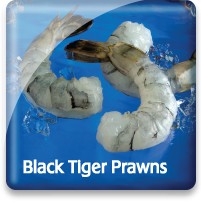
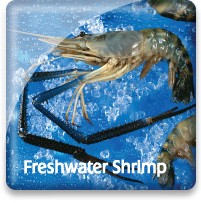

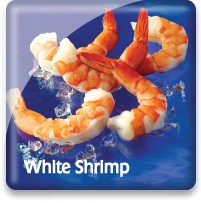




.jpg)